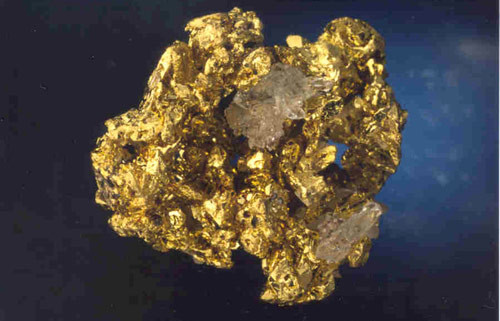Gold seeking plants and fungi
When prospecting for heavy metals, classic prospection techniques may be accompanied by innovative methods such as phytoprospection, an exploration process based on the study of “indicator” vegetable species. In fact certain biological organisms provide information about the characteristics of rocks in the subsoil, that is about the minerals which may be present.
The study of plants may be used in particular in the search for gold. It is not by chance, then, that two researchers in Australia from Adelaide University, Nathan Reid and Steven Hill, have systematically analysed the vegetation present around four mines in the Tanami gold province: a semi desertic area in the west covering about 160 thousand square kilometres. The two scholars therefore discovered that the chemical characteristics of plants like Triodia pungens or Eucalyptus brevifolia are able to suggest what initial steps may be taken efficiently “for an exploration reconnaissance”, as they act as effective signals for the presence of the precious substance.
On the other side of the world, Zdenek Randa, from the Institute for Nuclear Physics of the Czech Republic Academy of Sciences, made a detailed analysis on the characteristics of fungi growing next to the gold lodes at Mokrsko. Together with five more researchers he discovered that fungi from the genus Lycoperdon and Agaricus, the famous champignon being among them, turn out to be particularly efficient in absorbing molecules of gold into their organism. In reality, as explained on the “Soil Biology and Biochemistry” magazine, it is not yet totally clear how gold is absorbed within the fibres; however, it is clear that the precious mineral interferes with the metabolism of these fungi in ways that make these living organisms indicators of gold seams. (an.car.)
From the Nòva weekly supplement of Sole 24 ore dated Thursday 01/07/2010 page 7 by Andrea Carobene






